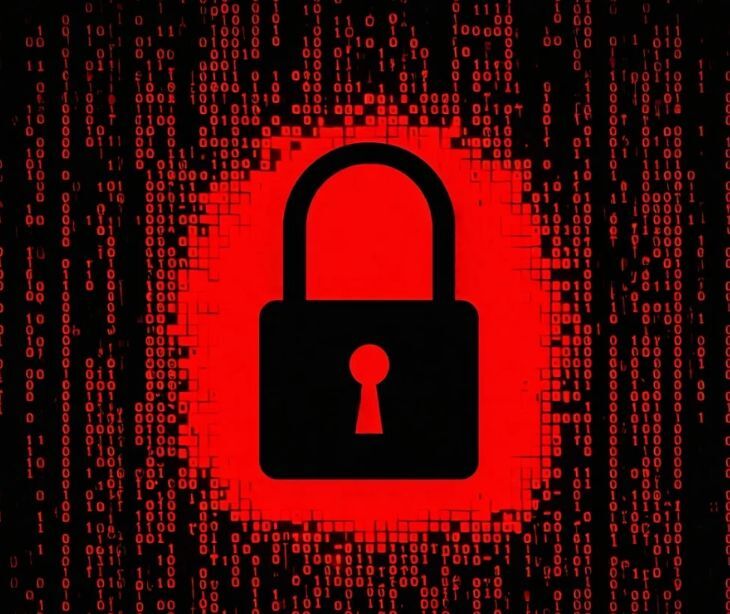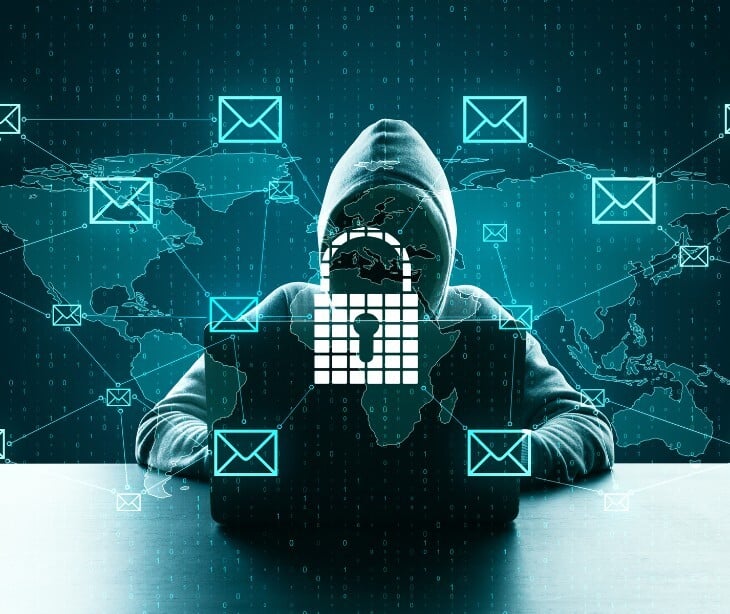
The project, called UnDisruptable27, hopes to help protect critical infrastructure from growing cyber threats.
What happened
The Institute for Security and Technology (IST) has recently launched a new project, UnDisruptable27, to help create more cyber resilience for critical infrastructure.
The project has received $700,000 in initial seed funding from Craig Newmark Philanthropies and will be led by Joshua Corman, Executive in Residence for Public Safety & Resilience at IST and co-founder of I am the Calvary and CyberMedSummit.
The initiative’s title comes from its goal date; the IST hopes to raise a full defense by 2027, the year the IST believes the United States could become vulnerable to an attack from China.
Going deeper
The initiative is focusing on the following critical infrastructures:
- Water and wastewater
- Emergency medical care and hospital services
- Food supply chains
- Power
UnDisruptable27 believes a cyberattack could influence the US in a way similar to a natural disaster, and is thus focusing on three core tenets:
- Informing: Ensuring communities know what they need to do to prepare and respond to threats.
- Influencing: Encouraging communities to prioritize proper responses to threats.
- Inspiring: Helping motivate society to communicate and adapt to information as it develops.
What they are saying
The IST has stressed the importance of the initiative, stating, “The systems that we rely on every day for everything from water and food to emergency medical care and power are subject to escalating harms by accidents, bad actors, and nation-state adversaries. Preventing these harms is a matter of public safety–as we must act now.”
The IST also believes cyber attacks could become more impactful, “We’re entering a new and more dangerous phase, where nation-level adversaries are willing to significantly increase the stakes with destructive attacks on these vulnerable lifeline services.”
“By 2027, we must strive to make our lifeline basic human needs undisruptable–and where we cannot, ensure that our communities are more resilient under fire,” the team wrote.
The bottom line
While the project is still in its early stages, it shows the increased attention on cybersecurity concerns that could impact critical infrastructure, including medical facilities.
Currently, most attacks on healthcare organizations are believed to be financially motivated due to the value of protected health information. These attacks can also impact patient livelihood by delaying treatments and care.
As the project continues, more specifics on the initiative will likely develop, including their proposal and specific goals.




